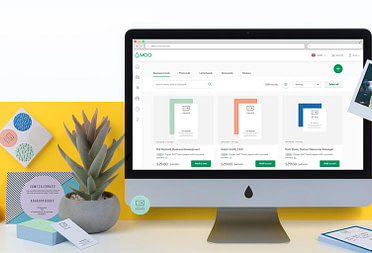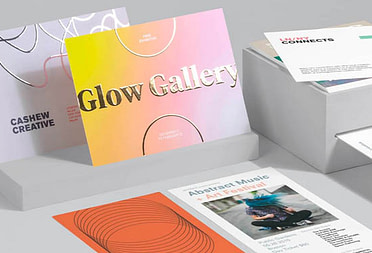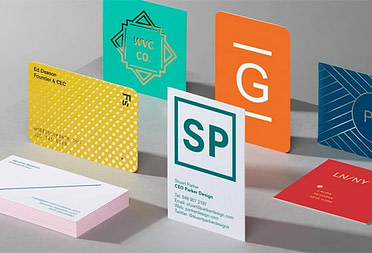How to build a challenger team in 2025
Learn how to create a team that’s ready to handle whatever 2025 throws at them.

In 2025, businesses need teams that can roll with the punches, innovate, and think outside the box. This is where the ‘challenger mindset’ comes in—a way of working that encourages creativity, innovation, and flexibility. But building a team with this mindset doesn’t happen overnight. Creating a culture where bold ideas are welcome and employees have the tools to thrive takes intentional effort.
Read on to learn more about the challenger mindset and how to cultivate it within your team in 2025 and beyond.
What is a challenger mindset?
It’s all about positive disruption—encouraging teams to think differently, challenge the status quo, and continuously evolve. Challenger teams thrive on innovation, actively seeking bold ideas that lead to breakthroughs, even if there’s a risk of failure. They’re resourceful, turning constraints into opportunities and quickly adapting to changes to stay ahead of the curve.
Real-world challenger teams

Some of today’s most successful companies started with a challenger mindset, and their teams continue to embody it. Take Patagonia, for example. They’ve built their brand around sustainability and ethical production, constantly challenging conventional business methods. They ask their customers to buy less to reduce waste, flipping traditional retail strategies on their heads. Patagonia’s bold, challenger spirit has earned them loyal customers and positioned them as leaders in corporate responsibility.
Then there’s Monzo, the digital bank shaking up traditional banking. They focus on making things simple and transparent for customers, changing what people expect from a bank. Monzo embraces new ideas, like giving real-time spending alerts and supporting ethical investments, all because their team is encouraged to think outside the box.
How can HR teams build a challenger workforce?

1. Encourage curiosity and experimentation
A challenger team starts with a curious mind. Encourage your employees to question processes and explore new ways of doing things. This could mean setting aside time for brainstorming sessions or allowing your team to work on passion projects. Google’s famous “20% time,” where employees spend one-fifth of their time on side projects, led to innovations like Gmail and Google Maps. Allowing room for experimentation can spark the next big idea.
2. Simplify processes to promote agility
Too many approvals and rigid structures slow things down and limit creativity. To build a flexible team, streamline processes, and cut out unnecessary steps. Let employees make decisions without constant sign-offs. This way, your team can react quickly to market changes or customer needs. In 2025, when things shift fast, teams that can adapt easily will have a clear advantage. Simplifying things helps ideas flow better and keeps the team moving forward.
3. Foster lifelong learning
Challengers never stop learning. By offering opportunities for professional development—through workshops, courses, or simply carving out time for personal research—you empower your team to keep their skills sharp and their ideas fresh. Tools like MOO’s Planners can help team members keep track of their learning journeys, set long-term goals, and reflect on their achievements.
4. Nurture your team around a shared purpose

Building a sense of community within your workforce is essential for success. When everyone feels part of a team and aligned with the company’s vision, they are more engaged, motivated, and driven to push boundaries. Encourage open communication, collaboration, and team-building activities that foster connection. Whether it’s regular check-ins, shared learning experiences, thoughtful gifts, or company-wide initiatives, make sure your team feels that they’re working together towards something bigger.
5. Build resourcefulness with the right tools

Resourcefulness comes from knowing how to maximize what you’ve got. Equip your team with tools that support their work, from organizational systems to creative brainstorming aids. For example, MOO’s range of Notebooks can help your team stay on top of new ideas and streamline their daily tasks, turning creative ideas into practical actions.
6. Encourage a bold approach to problem-solving
Finally, challengers are bold. They’re not afraid to take risks, try something new, and break away from the norm. As an HR leader, you can foster this by creating a safe space for failure. When people feel secure in trying new things without fear, they’re more likely to explore innovative ideas and push boundaries. Let your team know that making mistakes is part of the process—it’s how they’ll learn and develop groundbreaking solutions.
Start building your Challenger team with MOO
Empower your team to think creatively and stay agile with MOO’s Business Service Plans. From Notepads that capture ideas on the go to Business Cards that leave a lasting impression, bring your team’s vision to life through print. To get started, fill out this form, and one of our team members will be in touch soon.
Keep in touch
Get design inspiration, business tips and special offers straight to your inbox with our MOOsletter, out every two weeks.






